
Return to RC Sailboats

RC Sailboat Controls – Radio Layout, Radio Setup
RC Sailboat Controls are rather different then your typical Radio Control.
We will first look at what channels on the radio control transmitter, control which part of the RC Sailboat and then we will look at the specific setup concerning the radio gear on an RC Sailboat.
Transmitter Channels and Controls – RC Sailboat Controls
The most common type of transmitter for RC Sailboats are the stick type transmitters . The stick type transmitter allows the ease of use over the sail control. On a stick type transmitter referring to the image below, the left

RC Sailboat Controls
side channel, typically throttle on an airplane controls the Sails. Moving the left side stick up or down would draw the sail in or let the sail out. Motion on the stick is vertically.
The stick on the right hand side controls the rudder on the RC Sailboat. The rudder channel operates as like any other rudder channel. Motion on the stick is horizontally.
These two channels are the required minimum for RC Sailboat Controls. You can see all the extra switches and controls on the radio to the right. These may be used for controlling those fancy features on your RC Sailboat. In some cases these extra features include alternate lighting, winches, or anything else to make the sailboat appear and operate more scale like.
Radio System Controls – RC Sailboat Controls

RC Radio Receiver
Now that we have talked about the transmitter we will look at the rest of the components that are required in order to run an RC Sailboat. The component that is responsible for talking to the transmitter is the receiver. The receiver is what talks to the transmitter and then converts the radio signal to an electrical signal that can be used to control the rudder and sails of a sailboat. The reciver can be purchased with the transmitter if you choose to take that route. Purchasing a transmitter/receiver combination is more common when building your own boats.
Receiver Battery – RC Sailboat Controls
To power the radio equipment a standard receiver battery is required. This is a battery that operates on 4.8-6.0v. Although a 4 cell disposable AA case can be used, it is highly recommended for an RC sailboat to use a rechargeable battery . The main reason is to ensure the battery pack can supply a sufficient amount of current to the servos. For larger RC sailboats a rechargeable battery is a requirement. The average user would use a 4.8-6.0v NiMh pack however LiFE, Li-ion, LiPo packs are available but be certain to include a Voltage Regulator in your system to limit the voltage.
Sail Servo – RC Sailboat Controls
The most important servo for an RC Sailboat is of course the Sail Servo. The sail servo comes in two different styles that are most common. Each style has its own specific set of advantages and disadvantages. The first style of sail servo that we will talk about is the sail winch servo.
The sail winch servo as pictured on the right hand side uses a drum like wheel to house the sail line. When the drum rotates the line is either let out or brought in. The Sail winch servo typically allows for 3 rotations of the drum with

Sail Servo Winch – Sail Servo – RC Sailboat Controls
torque specs around the 150 oz-in / 11 kg-cm. The biggest difference is that these torque specs are at a relatively short distance from the center point of the drum. This small distance increases the amount of torque relative to the next sail servo type that we will be looking at.
Sail Winch Servo Advantages:
- Amount of force generated to pull in the sails
- Amount of total line length (travel) that can be brought in – approximately 3 revolutions of the drum
- Relatively Small Space Requirement, even with larger servo sizes
Sail Winch Servo Disadvantages:
- Slow Reaction time relative to transmitter input as winch must rotate up to 3 times

Sail Arm Servo – RC Sailboat Controls
The other Sail Servo style is the arm type . The arm type sail servo uses quite a long arm in order to get an acceptable amount of line draw. As you may expect this operates nearly the same as a standard servo where the only difference is the servo arm itself. For a typical one meter Sailboat, you would require a servo of this style that has at least 150 oz-in / 11 kg-cm of torque as a minimum. This style servo requires more torque then a winch servo as the amount of force produced at the end of the arm is reduces due to the length of the arm.
Sail Arm Servo Advantages:
- Very quick response time vs the Sail winch Servo
- More servo options as any standard servo can be used with a long sail arm. Options for very high torque servos are available
- Line has less chance of getting tangles or wrapped upon itself as compared to the winch style servo
Sail Arm Servo Disadvantages:
- Require a lot of space due to the radius of the outer point of the sail servo arm
- Lower amount of Line Draw force due to length of Arm requiring higher torque at the servo for equal performance that of a winch style servo
- Generally has a smaller total line length(travel) that can be brought in resulting in lower amount of sail movement (travel)
Steering Servo – RC Sailboat Controls
Radio Control Info Articles
- 3D Printing (2)
- General Electric (44)
- General Radio Control (13)
- Patreon Posts (102)
- RC Airplanes (6)
- RC Boat (3)
- RC Cars/Trucks (19)

Recent Articles
- New to RC? Avoid These 7 Rookie Mistakes and Save Big Time! July 20, 2024
- RC Battery Sheet V24.07 Released – Zeee Battery Added July 2, 2024
- RC Calc Sheet V24.06 Released – SoC Calculator June 3, 2024

How to Sail an RC Sailboat – Step by Step Instructions – 5 Minute Read
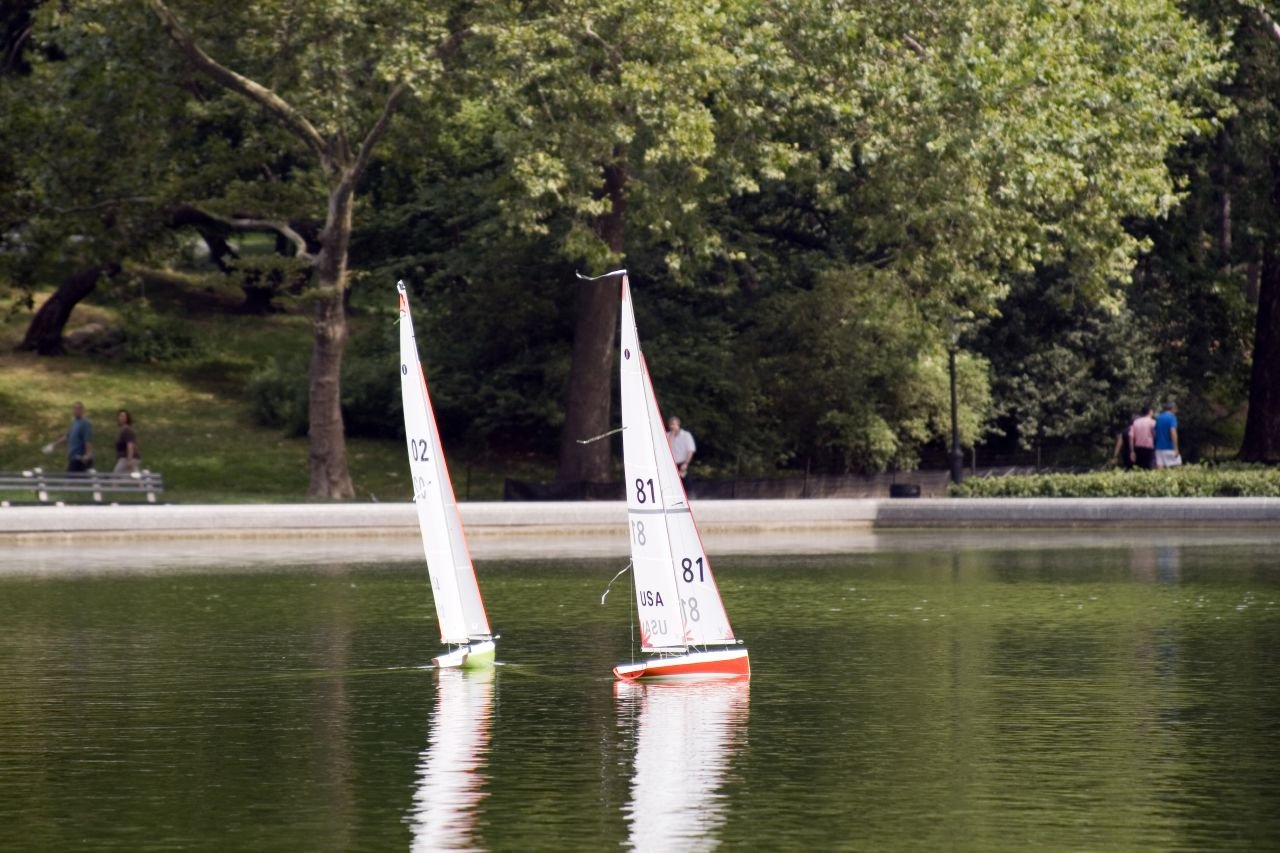
Affiliate Disclaimer
As an affiliate, we may earn a commission from qualifying purchases. We get commissions for purchases made through links on this website from Amazon, the Ebay Partner Network (EPN) and other third parties.
Sailing an RC sailboat is fun, but it takes some practice before you get good at it. I certainly needed it when I started! If you want to take your interest in RC model boats to another level, then you should consider learning how to sail an RC sailboat.
However, learning how to sail RC sailboats requires patience and perseverance. There are several things that you need to master before you can begin sailing. This article will teach you how to sail a radio-controlled sailboat.
Read on below to discover tips that will avoid failure in learning how to sail model sailboats, that apply to all size boats.
Step by step Instructions
How does a yacht sail, how are the sails and rudder of an rc sailboat moved, moving forward in a straight line, sailing into the wind, sailing away from the wind, final thoughts.
First, here’s a summary step by step approach to learning how to sail an RC sailboat:
- Consider joining a local club ( USA UK ) where you’ll find lots of helpful RC sailors and RC sailing events that will help you learn. You may even be tempted to get into RC sailboat racing.
- In any event, choose a day with a gentle, consistent, light wind, preferably with the wind direction towards you, just in case you lose control of your boat.
- Find a medium-sized lake or pond, and avoid rivers or the sea, where there may be strong undercurrents. A local club will have a safe sailing area. Look out for areas that may have weeds or reeds, or shallows that could strand your boat. Remember to factor in the depth of the keel, which, on most model sailing boats, is significant.
- Check you are able to sail in your chosen area – ie no prohibitions – and keep clear of swimmers, people fishing, full sized boat traffic, and wildlife.
- Avoid days when it’s busy in your sailing area with other modelers until your sailing skills are such that you can feel confident.
- Set up your RC sailboat on its stand, and check the rigging is as it should be according to the boat’s instructions. Ensure you have brought the boat battery pack charger, the batteries are charged, and you have spare AA batteries for transmitter. Turn on the transmitter, and test that the rudder control and sail servos are all working properly.
- Ensure you understand the basics of sailing, set out below, before launching your RC sailboat. Keep a keen eye on how your boat reacts to the wind, and be ready to react in turn by altering the sail angle to maintain the boat speed as far as possible.
The first thing you’ll need to know is how does a yacht sail? An rc sailboat sails just like a full size yacht. The wind energy pushes against the sails and flows over them, creating a difference in wind pressure on each side of the sail, which is translated to forward movement by the keel of the boat. Without the keel, the boat would be pushed in the direction of the wind.
To keep the yacht moving forward, the sail angle to the wind is adjusted depending on the position of the boat. Paradoxically, a sailing boat can sail into the wind, as well as with the wind. The only direction that can’t be sailed is with the wind directly in front.
The direction of the boat is adjusted by the rudder, which is at the back of the boat.
The following diagram shows the sail angles at different points of the wind:
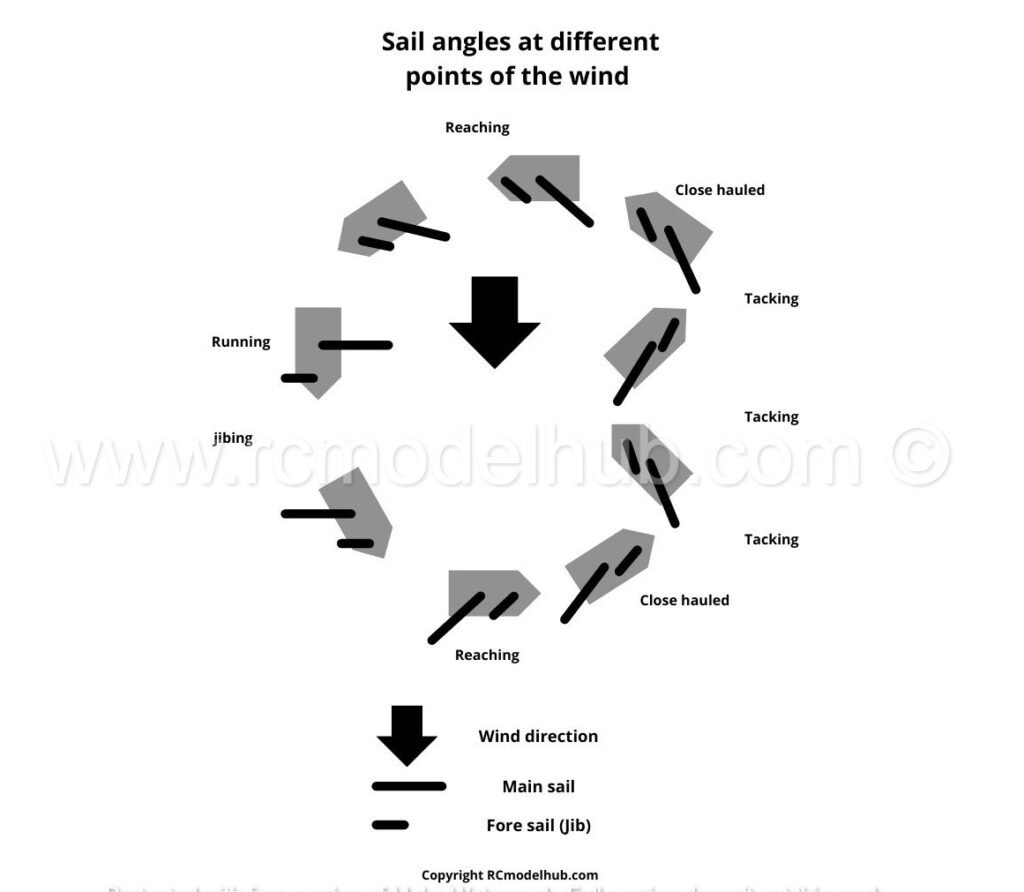
As a beginner RC sailing boat helmsman, many of these terms will be confusing to you, but they will soon become familiar.
The controls of an RC boat are explained in more detail in t his article , but basically, the hull (body) of the boat contains batteries that power servos which in turn move the rudder, the main sail, and the fore sail (the “jib”). The servos are controlled by a receiver, that takes commands from the RC transmitter which you hold in your hand. Here’s a short video that explains the transmitter controls:
How to sail an RC sailing boat
First, the basic skills. With the boat in the water, start with the wind half way between the front (bow) of the boat, and the side (beam). Keeping the rudder straight, trim (move) the sails so that they are close to the hull (close hauled) and the boat should move forward. If the wind is gusty, or very strong, move your transmitter control to let out the sails, spilling the wind, to keep the boat from keeling over.
If you’re sailing into the general wind direction, you’ll need to learn to “tack”, which involves turning the boat from a position where the wind is coming on one side of the bow, through the head-on wind, to end with the wind on its other side. This is achieved by moving the rudder to turn the yacht, whilst changing the angle of the sails to the wind – see the diagram above.
So the boat moves forward via a zig zag course.
As the boat turns into the wind, it slows, so this maneuver should be completed as quickly as possible, otherwise, the boat could get stuck with the sails flapping – this is called being “in irons”.
If the direction you wish to sail in means the wind is behind the boat, it is called running before the wind. In this case, turning the boat involves “jibing”, which is the opposite of tacking.
To change direction whilst running with the wind, move the rudder so the wind goes around the back (stern) of the boat and haul the sails in. As the boat comes round, the wind will move from one side of the sails to the other.
If this is not done smoothly, it could cause the sails to violently move in the opposite direction, possibly causing damage and maybe even capsizing the boat.
So those are the basics of learning how to sail an RC sailboat. As I’ve said above, the best way to refine your skills is to get out on the water and practice.
if you have any interest in remote control sailing but aren’t sure where to begin, use the step-by-step guide above to learn how to sail an RC sailboat. Once you’ve mastered the basics, you can move on to the exciting world of racing sailboats.
If you’re still considering your first RC beginner sailboat, take a look at our article on beginner RC sailboats , or for the more adventurous, consider building your own RC sailboat from a kit. More about that here .
Image credit Nick Kinkaid
About the author
It all started with a line controlled spitfire 50 years ago….
That turned into a life long interest in models, in particular radio controlled models, but I’ve only got back into it since I’ve been retired. As a result a lot has changed, and I’ve been happily starting afresh, researching into the hobby and finding answers to the questions all beginners have when starting out.
I hope you find some answers to the queries you have, and go on to enjoy all aspects of this fascinating hobby.
Latest posts
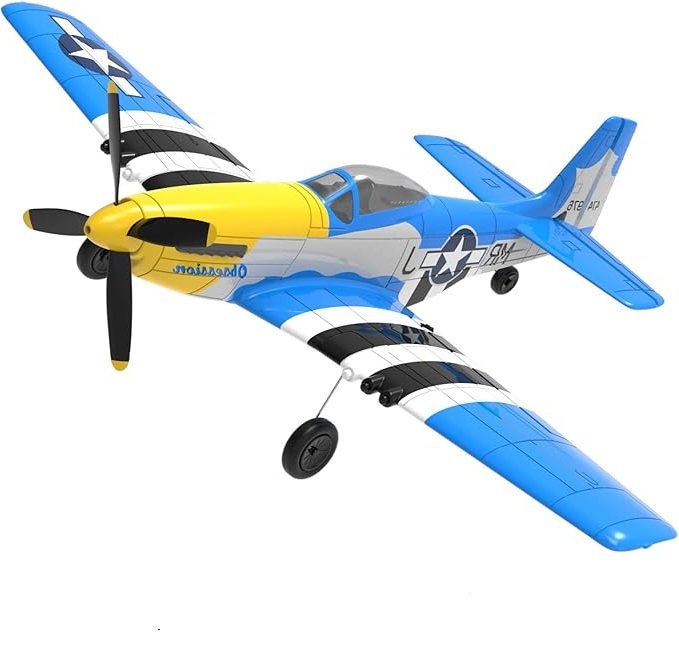
VOLANTEXRC P51 Mustang RC Plane Review: A Beginner’s Dream?
I was thrilled when I discovered the VOLANTEXRC RC Plane. This 4-channel WWII RC Airplane, specifically the P51 Mustang model, is truly a beginner’s dream come true. With its ultra-stable Xpilot gyro stabilizer system and 3-level flight control system, it’s incredibly easy to fly, whether you’re a novice or an experienced flyer. The impressive 2.4…
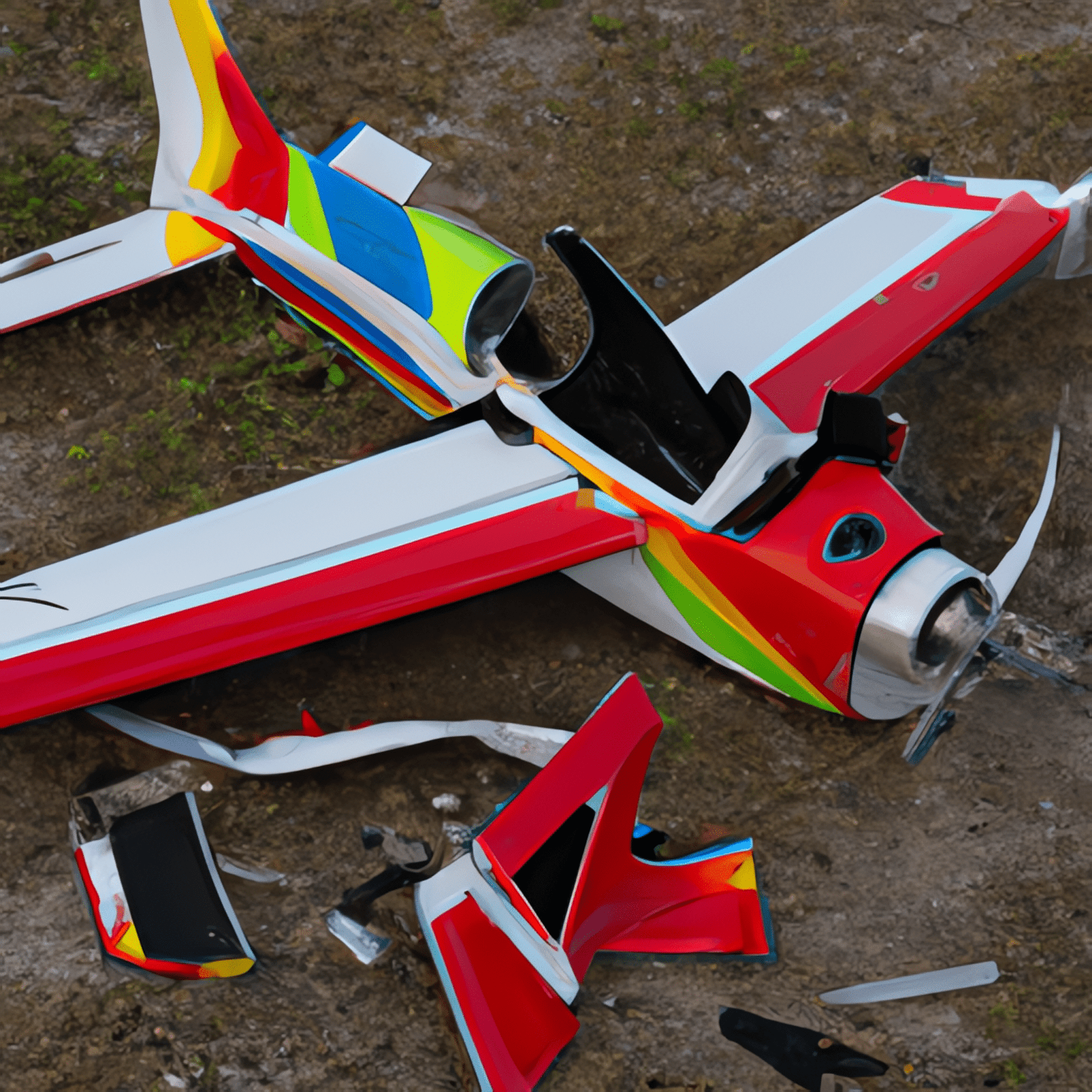
RTF RC planes with SAFE technology: No More Crashes?
RTF RC planes with SAFE technology have revolutionized the world of remote control aviation, offering a new level of ease, control, and safety for both beginners and experienced hobbyists. What a change from my early days of flying RC planes, when you fully expected to come home with your plane in bits! These innovative aircraft…
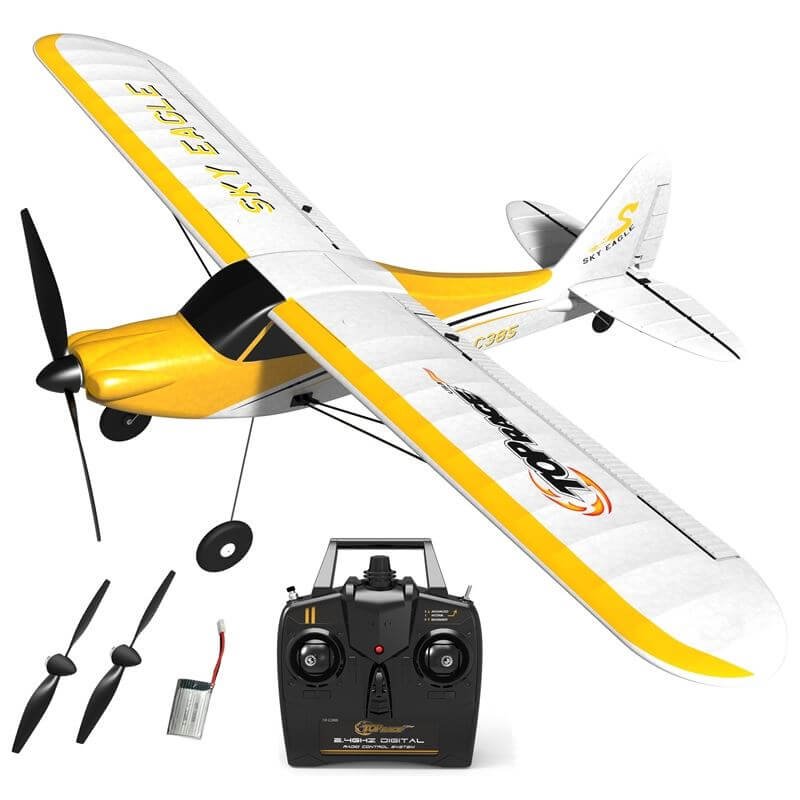
Top Race RC Plane TR-C385 Review: Stunt Flying Delight
I recently had the chance to test out the Top Race 4 Channel RC Plane TR-C385. It surpassed all my expectations. Designed for adults and older kids, this ready-to-fly airplane offers an exhilarating stunt flying experience. With precise control and maneuverability, thanks to its 4-channel system, this RC plane is a great starter or intermediate…
- Vanquish 65
- Mini Maniac
- RG65 Appendages
- Maniac MK II
- IOM Appendages
- Marblehead Class
- Marblehead Appendages
- RT65 Ragnarok
- RT65R Armageddon
- RC65 Adrenaline
- ST65 Sowelu
- Mini40 / F48 Class
- Nightmare X
- Nightmare MK VIII
- MultiOne Class
- FireDragon 1000
- DIY Sail Winch
- Rig Building
Rig building
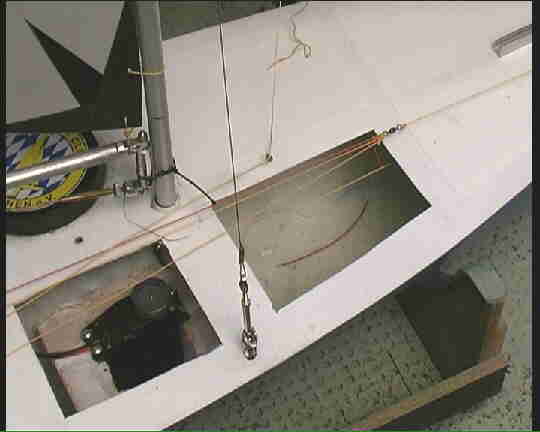
How to build a simple Closed Loop SailWinch
› HOW TO DO SOMETHING (Website or RC related) › How to – RC related › How to build a simple Closed Loop SailWinch
Tagged: Closed Loop Sailwinch
- Author Posts
Below Deck Closed Loop Sail Winch setup for Focus 1 metre RC Yacht
After making 3 of these systems for Proboat Ragazza’s and another for my ETNZ recently, I thought the Focus would be relatively simple. Unfortunately, due to the limited access it was a bit more fiddly but still quite doable.
A similar design layout to the others was used but the fiddly bits were customising it to make it fit inside the Focus as this particular vessel had been previously modified with a bulkhead fitted around the mast area and this practically blocked access to the front of the hull (see video attached).
A quick measurement suggested that 360mm was the amount of sheet travel required so a beam of 460mm was settled upon for an easy 360mm travel between the two pulley blocks.

The beam had to be fitted at a slight downward angle to clear the rudder recess and the centre of the beam required lifting by 20mm to line up with the existing winch. To achieve this a 20mm angle section was screwed to the servo tray then the beam was attached to it at the appropriate height and angle.

1/8 brass tubing was used for front & rear fairleads & this was fixed into the existing deck fittings after they were drilled to accommodate the tube.
The addition of the brass fairleads makes for much easier rigging should the sheets ever need replacing.

As there was no easy way to attach a turning block to the front bulkhead (needed for the rear sheet) it was decided to fit an extension to one side of the beam for this purpose & use one of the original Focus turning blocks that was now redundant.

Once all was set up a temporary string was run around all the pulleys and then the beam with all attachments was fed into the hull & screwed into place.

Rigging was then carried out with 120lb 8ply Dyneema. A 20mm O Ring was used as a tensioner and the sheets were then attached to the load side of this ring.

All appears to work correctly but the max travel on the winch drum is only 310mm even with the radio endpoints both set at 120% so hopefully this will be enough for full sail deployment.
Click here for the Video
To allow the closed loop system a bit more room it was decided to relocate the rudder servo to the opposite side of the tray.
Bottom of post was silicone sealed into the hull & the top was also siliconed to prevent further movement as the hole in the deck is quite a bit larger than the post.

Rudder arm was refitted and the rudder safety split pin replaced. Also took the opportunity to relocate the adjustable end from under the rear rudder cover to inside the hatch (seemed to make much more sense)

As the electrics were showing signs of salt water ingress a new IP67 rated switch with waterproof toggle cover & a new led was fitted.
An escutcheon plate was used for mounting & to seal the original deck switch penetration.

All wiring & plugs/sockets were also replaced at the same time. All have now been filled with Vaseline to help protect them in the future.
After tidying up the servo tray the battery pack now fits in the correct location to keep it out of any water that may end up in the hull.

The Rxr has now been fitted with antenna support tubes (silicone sealed) and the entire unit velcro’d to the side of the hull up under the deck (hopefully well clear of any water – but it has been waterproofed anyway just in case).

- You must be logged in to reply to this topic.

Sail Winches

- Classifieds
- Remember Me Forgot Password?
- Boats Sailboats Help! Newbie needs help with servos and sail winch.
| (its at the bottom of the page) | |
| As Lamafever suggests, replace the drum shown with an arm, about 3-4" long. | |
| RCGroups Message | |
| Quick Reply | |
| The following errors occurred with your submission | |
| Thread Tools | |
| Similar Threads | |||||
| Category | Thread | Thread Starter | Forum | Replies | Last Post |
| Question | mhgoldwing | Fuel Plane Talk | 13 | Jan 23, 2005 08:18 AM | |
| FatJeff | Electric Sailplanes | 2 | Jan 12, 2004 03:28 PM | ||
| Mesmer | Parkflyers | 7 | Apr 30, 2003 10:06 AM | ||
| dgross1999 | Foamies (Kits) | 2 | Apr 09, 2003 10:16 PM | ||
| pwalter_99 | Electric Power Systems | 0 | Mar 21, 2003 10:26 PM | ||
- Electric Flight
- Advertising
- Our Sponsors
- Review Policies
- Terms of Service
- Privacy Policy
- Site History
- Mark Forums Read
- Member Search
- Upcoming Articles
- Do Not Sell My Data
- Manage Consent
- Back to Top

COMMENTS
Here's how I built the sail winch system in my RC (48" schooner) sailboat. I use a HiTec radio and operate the winch servo with the throttle channel. I also ...
RC Sailboat Controls. side channel, typically throttle on an airplane controls the Sails. Moving the left side stick up or down would draw the sail in or let the sail out. Motion on the stick is vertically. The stick on the right hand side controls the rudder on the RC Sailboat. The rudder channel operates as like any other rudder channel.
Visit http://www.bearospaceindustries.com/boats2.html to learn about Gary's unique RC sailboat designsMusic - My Trains a comin' by Unicorn Heads - A Schoone...
Top is sail winch. Line runs from copper tube tostern, around a 180 turning block to top of deck and then forward to jib. Near the stern, the mainsheet is attached to the long jib sheet so both move togehter. Fine adjustment is made at the mainsail boom and the jib boom. On the bottom is the rudder servo but without the pushrod connecting to ...
Page 2-Discussion Sailboat Winch Set-Ups Sailboats. benndave: One trick I saw with plastic arms is rather than using blocks on the ends of the arms or large holes as you have, is to go to the local beading or craft store (beading is a big hobby now) and find some large diameter glass beads that have center holes for stringing.
About Press Copyright Contact us Creators Advertise Developers Terms Privacy Policy & Safety How YouTube works Test new features NFL Sunday Ticket Press Copyright ...
It is based on a 24V electric scooter motor and two 12V 9A batteries in series to provide 24 volts. The winch weighs 15lbs and the retriever 32lbs including the batteries. - Winch - 24V 300 Watt MY1016 motor. - Retriever - 24V 100 Watt MY6812 motor. - 30A speed controller.
RC Sailboats - setting up winch system - Hello I have had two really nice RC yachts for a while now but havent gotten around to making either of em work. The one is a really nice sleek black racing yacht and I plan on getting it to work. I have experience with the rc world, i used to build planes and im into nitro
RC Sailboats - RC Imoca 60 sail winch set up - Hi, I am in the process of building an RC Imoca 60 with a furling gennaker. I am struggling to work out the gennaker sheeting and how to set it up. I have heard of people using single or two winches (I have 2 available) so am hoping someone may be able to help with plans
DIY Sail Winch. The most important r/c part of a radio controlled sail boat is the sail winch. - Hobby King 10 kgcm sail winch, or Hobby King 13 kgcm sail winch cheap like standard servo but powerful and waterproof. Or, you can build your own drum winch as follows. You can find a Tower Pro MG995 compatible servo and many other R/C parts here.
At this point all I understand is that you push the control stick up, or away from you and that is winch line out, and pull stick down towards you is winch line in. If there's a video on this please let me know too, couldn't find one, or a thread. Thanks everyone! RC Sailboats - Winch Setup? - Hello everyone, I'm new to r/c sailboats and I have ...
Moving forward in a straight line. First, the basic skills. With the boat in the water, start with the wind half way between the front (bow) of the boat, and the side (beam). Keeping the rudder straight, trim (move) the sails so that they are close to the hull (close hauled) and the boat should move forward.
This is the easiest way to set your winch servo and sail in average winds. You need a 20 Kilograms servo or greater.
A big piece can be cut from the clamshell container for grocery store cupcakes/cookies. Punch a hole where the sail servo stem comes through and just let it rest on the top of the servo. The slack sheets just lay on the guard. Keep it simple and it works better. And make sure you place a drop of CA on the knots.
Close both ends of the tube with 2mm long cuts from the 5mm brass tube and solder in place. Use 8mm OD aluminum tube or anything similar for the booms. Find an aluminum rod whose OD fits the ID of the aluminum boom tube. Using a hack saw, cut a slot and make a snug fit with the flattened end of brass rod.
Below Deck Closed Loop Sail Winch setup for Focus 1 metre RC Yacht. After making 3 of these systems for Proboat Ragazza's and another for my ETNZ recently, I thought the Focus would be relatively simple. Unfortunately, due to the limited access it was a bit more fiddly but still quite doable.
The Soling 1m single arm setup on the You Asked page has a single purchase for the jib sheet and a double purchase for the main sheet, but a single arm setup. CR-914's come with a single arm sail servo, and use a single purchase setup too. If it's a wide boat then a double arm can be used and a long arm can be mounted to it.
Winch set up. The Tippecanoe T 50 That I built a few years ago has a pretty simple set up. There are 2 half circle shapes that are built up of 3 pieces of ply. I can't remember what the diameter would be but around 3 ". The centre piece of ply in each half circle is a slightly smaller diameter so as to provide a groove that will accept a length ...
About Press Copyright Contact us Creators Advertise Developers Terms Privacy Policy & Safety How YouTube works Test new features NFL Sunday Ticket Press Copyright ...
RC Sailboats - Drum sail winch - Can someone help me in providing a Layout for a Drum Winch. I' have got this yacht which has never been set up on the sails,I'm not even sure if I can use the drum winch it would bebetter but I think an arm system will be easier, but I really fancy using the drum winch, I think there
An RMG drum and an arm winch can go full in to full out in about 1 second. With a fast winch, sail response is instantaneous. With a slow winch, I am always chasing the right setting - overrunning and pulling back. A fast winch can always be moved slowly (by the stick), but a slow winch is always slow. Try the 785 as you have one.
"radio controlled racing sailboats" by Chris Jackson is a great book. it is well thought out and organized. it shows how to make hulls, fins, sails, set up sail controls, and much more. it is a great book to have.
RC- sailing with special genoa winch. Tacking like the real think...Model Sailingyacht: Lenght:1850mm, Mastlength: 2500mm, Sailarea: 1,6m²